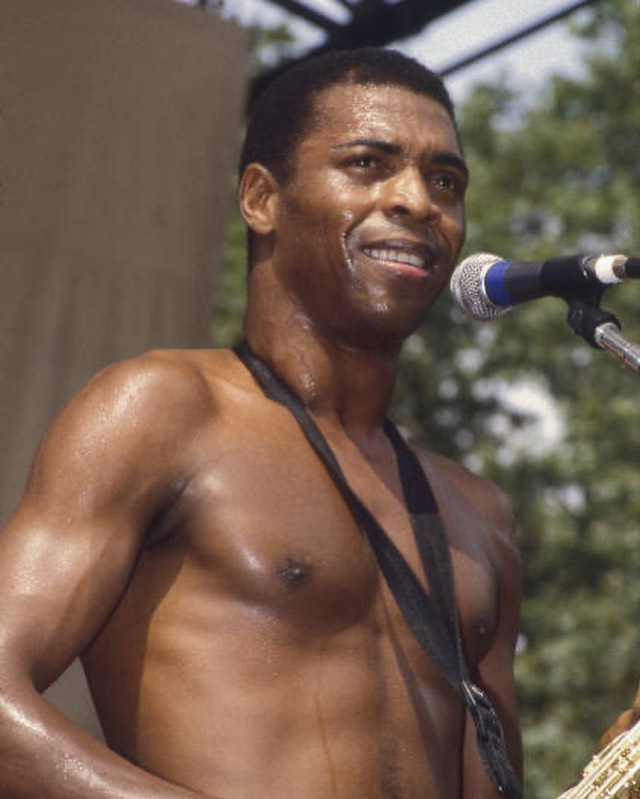Notable Lagos Personalities in the Late 19th century
Oba Oyekan I, the don of Oba Dosunmu, is seated with a staff in hand. Edward Wilmot Blyden, a pan-African activist, is seated to the Oba’s left. Standing from left to right are Hon. James Pinson Labulo Davies, philanthropist; Richard Beale Blaize, businessman and newspaper proprietor; J.S. Adelabu Leigh, consul; and Mohammed Shitta-Bey, also known as “Olowo Pupa,” a philanthropist wearing a white turban. Lagos’s Shitta Bey Mosque. “Olowo Pupa” (Mohammed Shitta Bey) provided the funding for the historic Shitta-Bey Mosque’s construction in 1891, with estimates ranging from £3000 to £7000 according to different writers. That comes with a price tag of between £380,000 and £895,000, adjusted for inflation. Because of Olowo Pupa’s generosity, Mohammed Shitta was given the Bey title by Sultan Abdu-Hamid I of the Ottoman Empire compounding his last name to become Shitta-Bey. In the homeland of the Turks and the Ottoman Empire, Bey is an honorary title. The presence of notable Christians, Muslims, and indigenous observers at the launch is even more impressive in terms of cross-religious support. It should be noted that all previous Obas were neither Muslims nor Christians, with the exception of Oba Ibikunle Akitoye, who ruled from 1925 to 1928 and accepted Christianity. Oba Sanusi Olusi was the first Muslim Oba of Lagos, ruling from 1928 to 1933.





















